The power of fiction plays a crucial role in Metaphor: ReFantazio‘s quest for the throne, with the game’s emphasis on literature being woven into many facets of its design. From More’s storybook-like narration of the party’s travels throughout Euchronia’s land to the very novel that spurs the prince’s desire for change, it is clear that books hold thematic resonance in Metaphor‘s plot and world-building. This sentiment rings true with the gauntlet runner’s library, acting as both a stat-raising space for the prince’s royal virtues and as a way to further endear players to Metaphor‘s fantastic party. Though Persona 5 shares book-reading as its own social stat raising activity, Metaphor‘s handling begs the question of how Persona 6 might iterate on it, or other activities, to further integrate its cast.
The library of Metaphor: ReFantazio‘s gauntlet runner is a valuable resource for players in many ways. Not only is book reading easily accessible while players travel to Euchronia’s various locales, taking into account the precious commodity of time in Metaphor‘s gameplay, but the very act of reading itself provides excellent commentary between the protagonist and Gallica that further personalizes its cast. As allies are added to the prince’s retinue, so too does the library expand; Heismay, Junah, Eupha, and Basilio each have journals that become available, helping to strengthen their characters in their respective texts. Through them, the prince can expand on his royal virtues like any other social stat activity, though the care taken to entwine the activity with aspects of the party themselves makes it far more compelling.
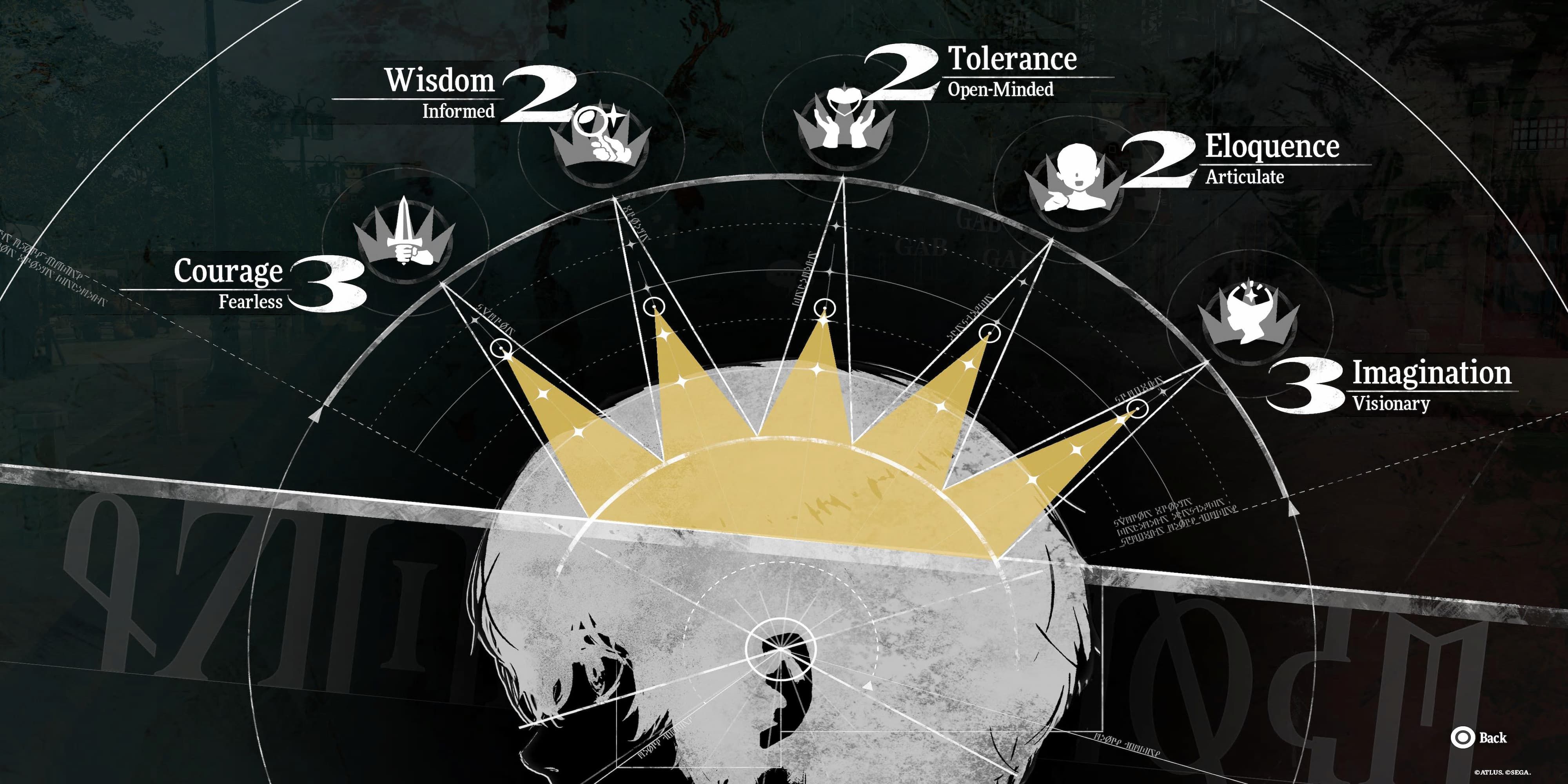
Related
Metaphor: ReFantazio – Which Royal Virtue Should You Focus On First
There are five Royal Virtues in Metaphor: ReFantazio; but which is the most important one to focus on first?
Book Reading as a Social Stat Activity
Now, book reading isn’t exactly new for Persona. P5 had a robust offering of books to read, some unlockable through bookstores or Mementos’ requests, others from the school library. Books played a key role in Persona 5‘s own social stat raising mechanics, going so far as to be integrated into access to new locations through tourist guides. Interestingly, Persona 5 adopted a similar approach to Metaphor‘s library by offering titles based on the party’s Personas upon joining the team; books like ‘Pirate Legend’ and ‘The Illusory Popess’ provided further context to the lore of Ryuji and Makoto’s Personas respectively, drawing from the rebellious inspirations of their fictional or real life counterparts.
Further Integrating the Party into Social Stats
Generally speaking, the social stat activities of modern Persona are often divorced from the party, given that it’s important for the mechanic to be accessible in a number of contexts. Though some of P5‘s activities allow for party members to attend, like studying or watching films, many of Joker’s stat activities can be done solo, which is an important attribute to consider with the calendar system. Despite this, however, there’s something to be said about how effective side content can be for party development, and with rumors circulating of an art school setting for Persona 6, there could be a way to further entwine them in the title’s own social stat approach. Though these rumors should be taken with a grain of salt, such a narrative backdrop could be a great way to consider an approach similar to Metaphor‘s, having the protagonist raise his virtues through engaging with the works of his peers.
Persona 6’s Rumored Art School Setting
For example, having a party member who is a writer could yield opportunities like in Metaphor‘s gauntlet runner where the protagonist might read over their work, which would be especially interesting if it was posed as a long-term activity to return to rather than something that can be completed within two or three sessions of reading. Being able to see the development of a party member’s own artistic prowess through the game’s calendar would be an interesting conceit, and could be applicable to all sorts of art forms, from painting to music. The biggest draw of Metaphor‘s approach is how effective it is at conveying more about its ensemble cast with the reflections from their journals or workbooks, and offering similar snippets in Persona 6 could give more subtle introspection into its characters’ motivations, past, and desires.
Of course, this approach wouldn’t be exclusive to an art school setting, should those rumors be false. There are other ways that Persona 6‘s protagonist might be able to engage with the party’s interests through social stat activities, whether that be directly alongside them or by referential treatment. Metaphor‘s book approach is a clever use of the latter, as it manages to put emphasis on its party even through a solo activity. Should Persona 6 offer more social stat activities that correspond with the interests of its party, then a similar approach could be just as effective in showing the strengths of its characters without having to lean on extraneous dialogue.
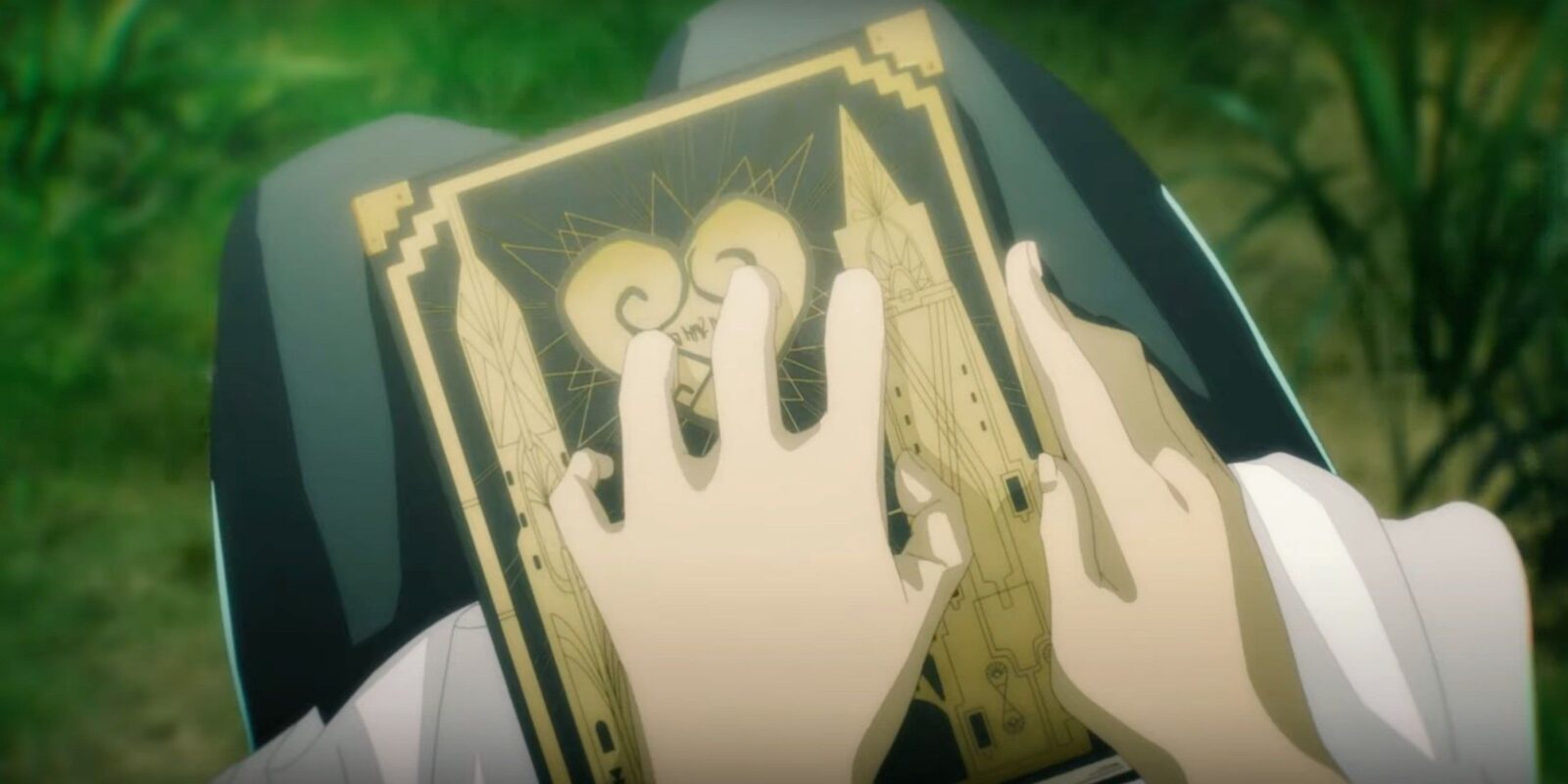
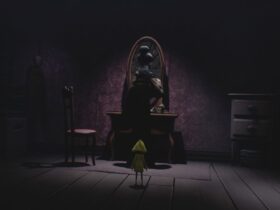
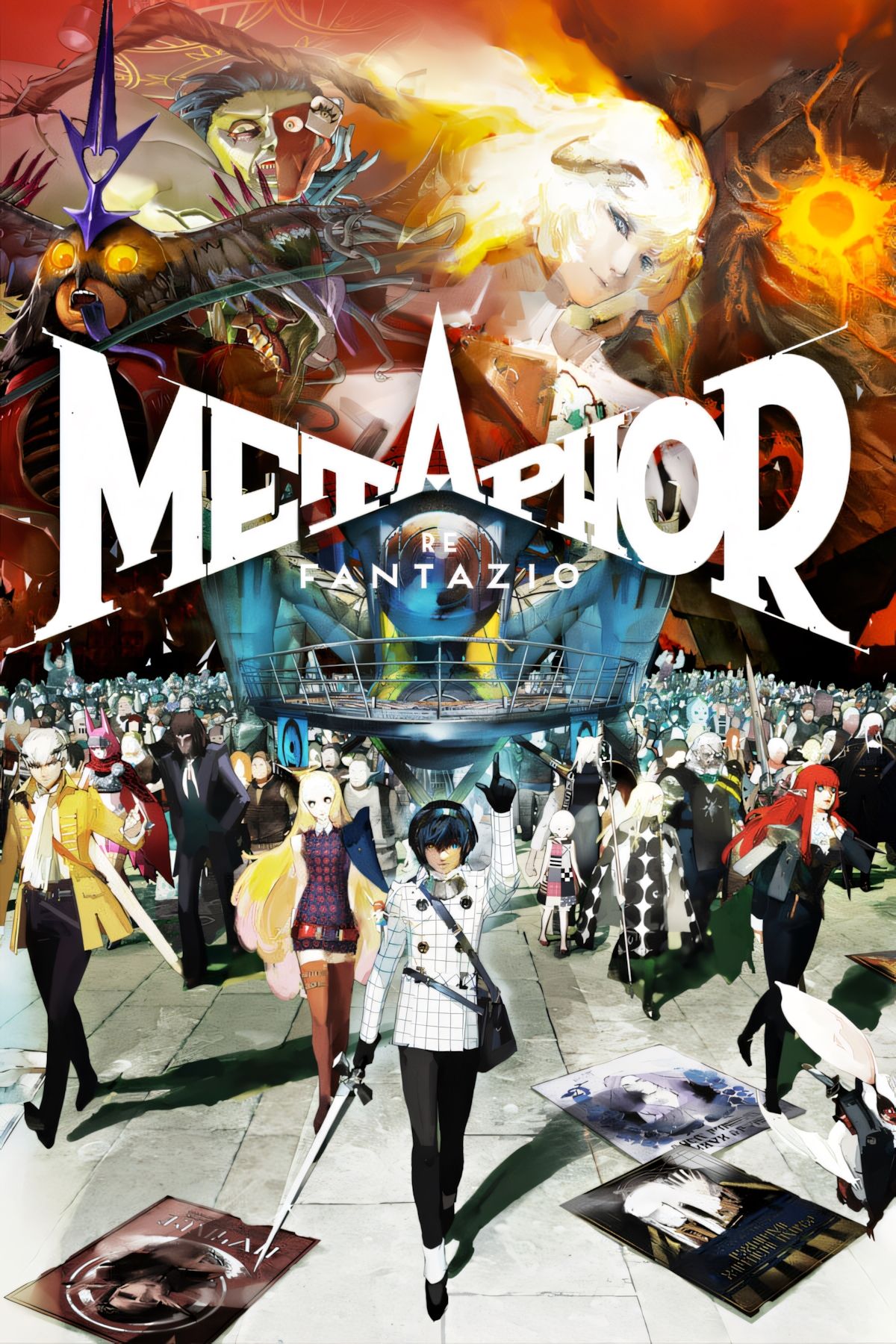

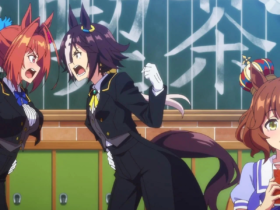

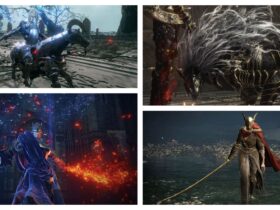




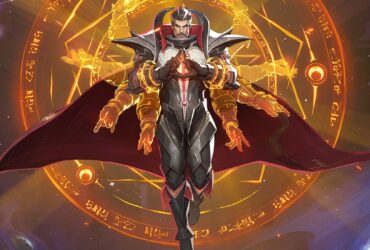

Leave a Reply